Dental Savings Plans vs. Dental Insurance Plans
Choosing between dental savings and dental insurance plans depends on your needs, budget, and dental care usage. Below, we discuss the pros and cons of each option and provide some actual examples of cost/pricing.
Dental Savings Plans
Pros:
- Immediate Savings: Savings plans are usually activated within 1-3 business days; sometimes, same-day activation is available.
- No Annual Limits: There is no cap on how much you can save each year.
- No Waiting Periods: You can start using the plan immediately after activation.
- Flexibility: Plans can be adjusted to meet changing needs without much hassle.
- Comprehensive Coverage: Includes most procedures, including cosmetic work, dentures, and braces.
- No Pre-existing Condition Restrictions: Unlike insurance, pre-existing conditions do not limit your savings.
- Low Cost: Plans start at $7/month (billed annually).
Cons:
- Out-of-pocket Payments: You must pay the discounted fee at the time of service.
- No Reimbursement: Savings plans do not provide reimbursement; they only offer service discounts.
Example of Cost/Pricing:
- Crowns: The regular price is $1,100 – $1,500. With a dental savings plan, you might pay $550 – $650.
- Teeth Cleaning: The regular price is $100 – $200. You might pay $50 – $100 with a dental savings plan.
- Root Canal: The regular price is $700 – $1,000. With a dental savings plan, you pay $350- $500.
Best For:
- Individuals or families who need immediate savings without the constraints of insurance.
- People without major dental issues need extensive work.
- Those looking for flexibility and no restrictions on pre-existing conditions.
Dental Insurance Plans
Pros:
- Coverage for Major Procedures: Often includes coverage for major procedures like surgeries, root canals, and extensive work.
- Predictable Costs: Monthly premiums help manage budgeting for dental care.
- Network of Dentists: Insurance plans often have a network of dentists, making finding a provider easier.
- Reimbursement: Some insurance plans provide reimbursement for out-of-network care.
Cons:
- Annual Limits: Most plans have a yearly cap on how much they will cover.
- Waiting Periods: There can be periods for specific procedures, sometimes up to a year.
- Higher Costs: Premiums and deductibles can be higher than dental savings plans.
- Pre-existing Conditions: Some plans may not cover pre-existing dental conditions immediately.
Example of Cost/Pricing:
- Premiums: Plans start at around $18/month for preventive care (Preventive Value) and go up to $44/month for comprehensive coverage (Complete Dental).
- Deductibles: Typically range from $50 to $150 annually.
- Co-pays and Co-insurance: Vary by procedure, often 20% – 50% of the cost after deductible.
Best For:
- Individuals or families needing extensive dental work or significant procedures.
- Those who prefer predictable costs through premiums.
- People need comprehensive coverage, including preventive, primary, and major dental care.
Both dental savings plans and dental insurance plans offer distinct benefits. Dental savings plans are ideal for those seeking immediate and flexible savings without annual limits or pre-existing condition restrictions. They are cost-effective for routine care and minor procedures.
Conversely, dental insurance plans provide structured and predictable costs with extensive coverage for major dental procedures, making them suitable for individuals or families anticipating significant dental work.
When choosing between the two, consider your dental health needs, budget, and preference for flexibility or comprehensive coverage.
Sources:

